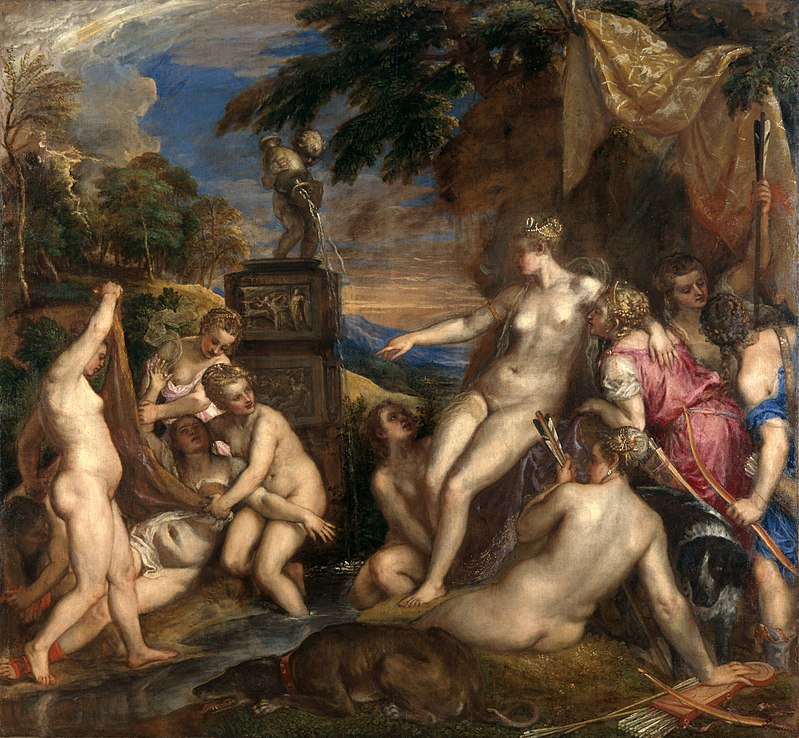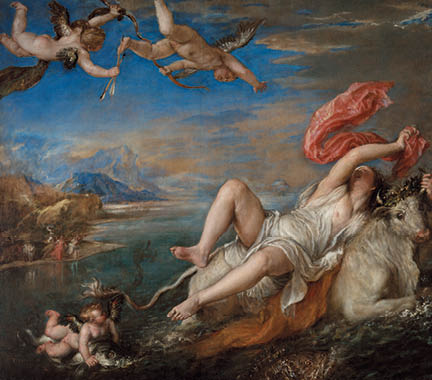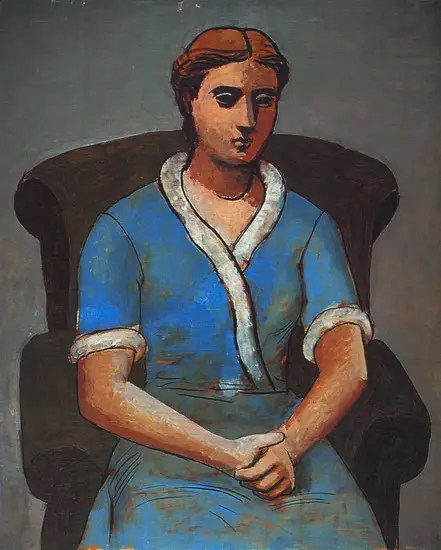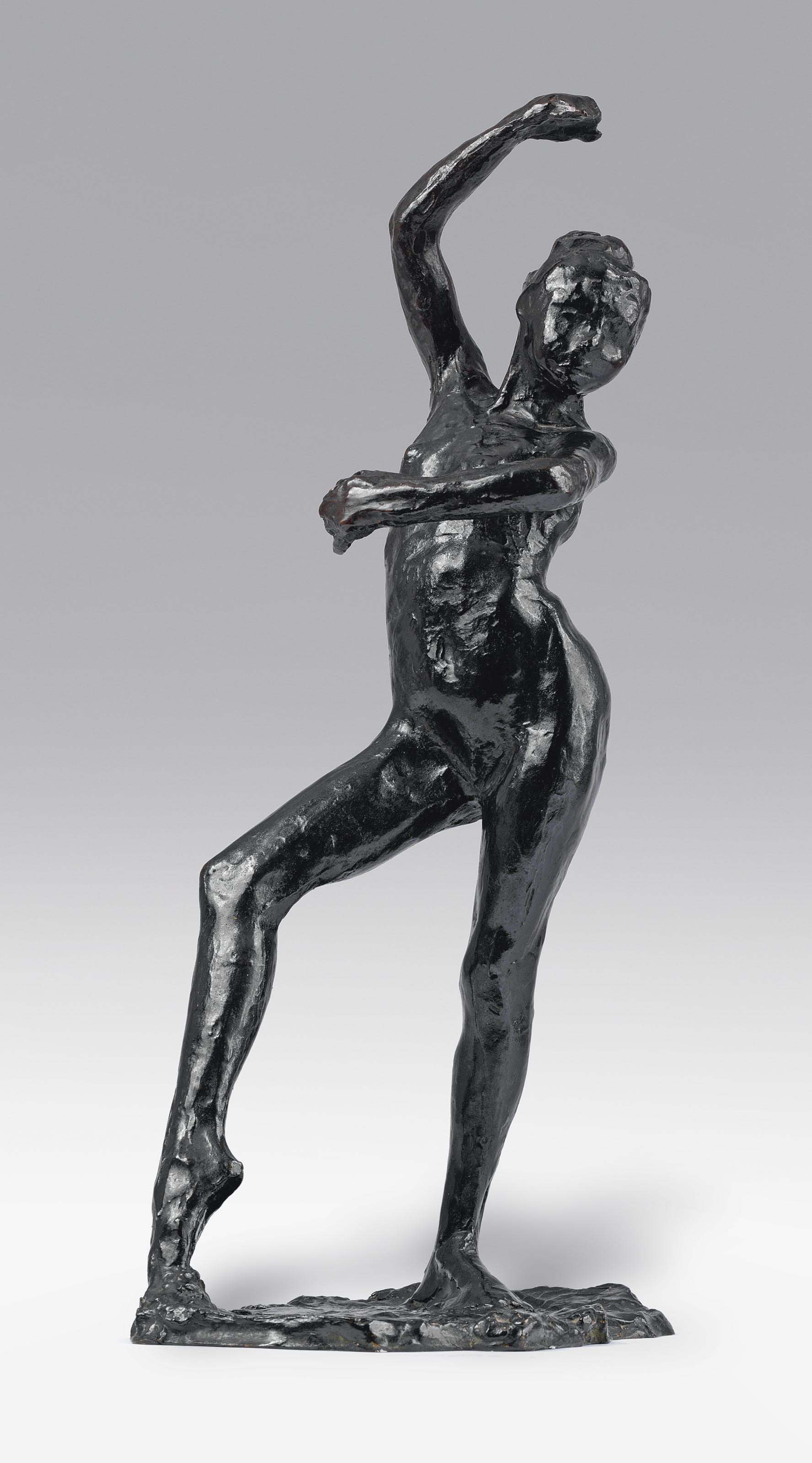Click on titles for full reports with illustrations galore.
TITIAN: LOVE DESIRE DEATH
Jonathan KantrowitzatArt History News - 2 days ago
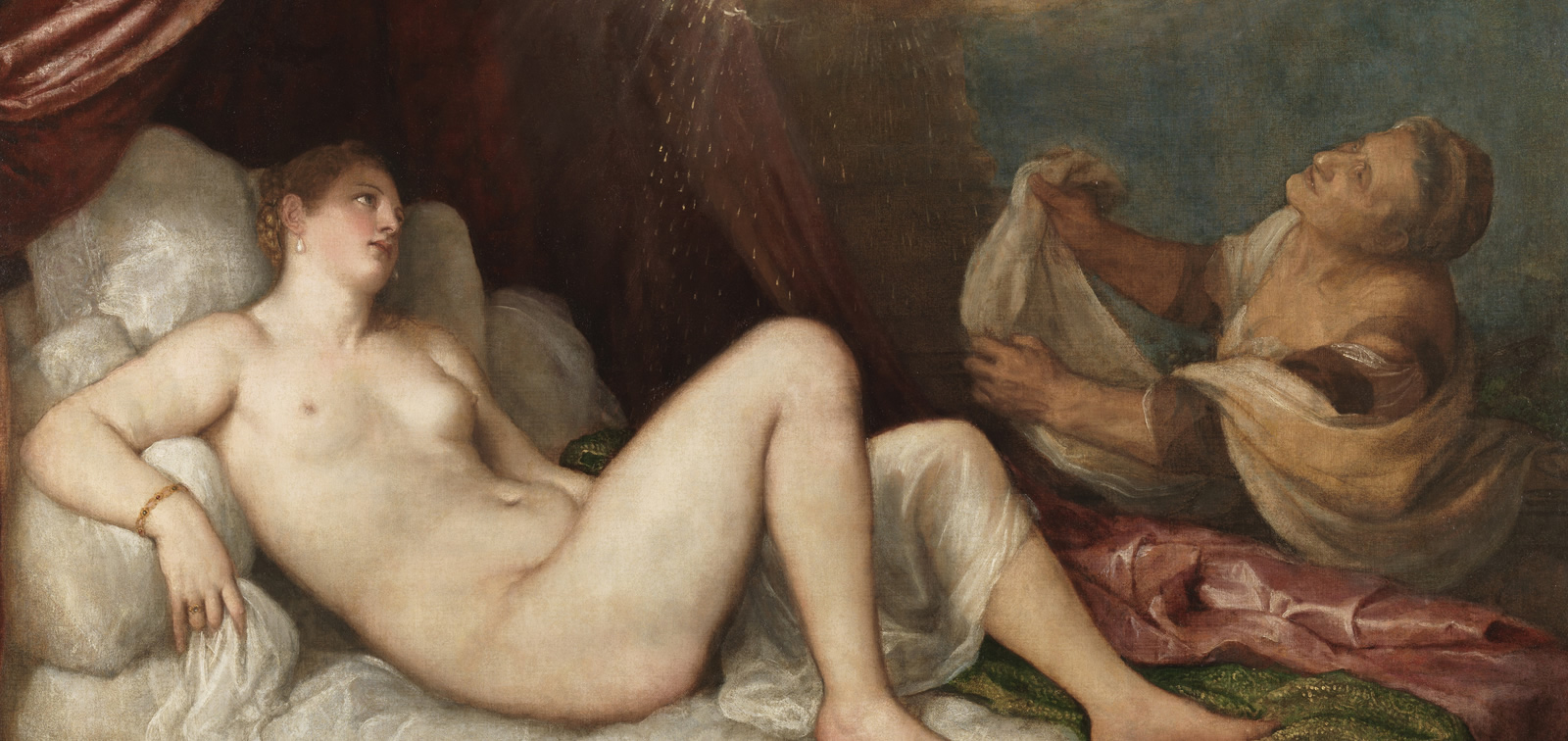
* National Gallery, **London* *16 March – 14 June 2020* *National Galleries of Scotland, Edinburgh * *11 July – 27 September 2020* *Museo Nacional del Prado, Madrid * *20 October 2020 – 10 January 2021* *Isabella Stewart Gardner Museum, Boston* *11 February – 9 May 2021* Five of Titian’s greatest works, his epic series of large-scale mythological paintings, the 'poesie', will be brought together for the first time since 1704 at the National Gallery next March. Painted between about 1551 and 1562 the 'poesie' are among the most original visual interpretations of Classical myth of th... more »
From Manet to Picasso : The Thannhauser collection - Updated
Jonathan KantrowitzatArt History News - 3 days ago

*Hôtel de Caumont Art Centre -Until 29 September 2019* *A Culturespaces production in collaboration with The Solomon R. Guggenheim Foundation, New York* After holding an exhibition devoted to Marc Chagall, the Hôtel de Caumont Art Centre will be presenting (as of 1 May 2019) masterpieces from the Justin K. Thannhauser Collection, bequeathed in 1963 to the Solomon R. Guggenheim Foundation in New York. For the first time, around fifty major works from this prestigious collection will be presented in Europe in an itinerant exhibition that began in the Guggenheim Bilbao Museum: pain... more »
'The Body Says, I Am a Fiesta: The Figure in Latin American Art'
Jonathan KantrowitzatArt History News - 4 days ago
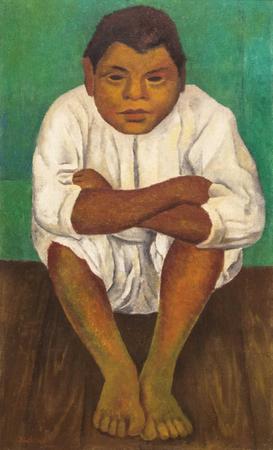
*Norton Museum of Art, West Palm Beach/ October 4, 2019 - March 3, 2020* *https://www.norton.org/* Largely drawn from the Norton’s permanent collection, this exhibition addresses ideas about the body and its symbolic and societal implications in modern Latin American cultures. *The Body Says, I Am a Fiesta* presents paintings, photography, sculpture, and works on paper by artists active in Latin America and the United States between the 1930s and 2010s such as Diego Rivera [image: Diego Rivera] (shown: *El Amigo de Frida*, 1931), Ana Mendieta, Rufino Tamayo, and María Magdalena C... more »
The Touch of Color: Pastels at the National Gallery of Art
Jonathan KantrowitzatArt History News - 5 days ago
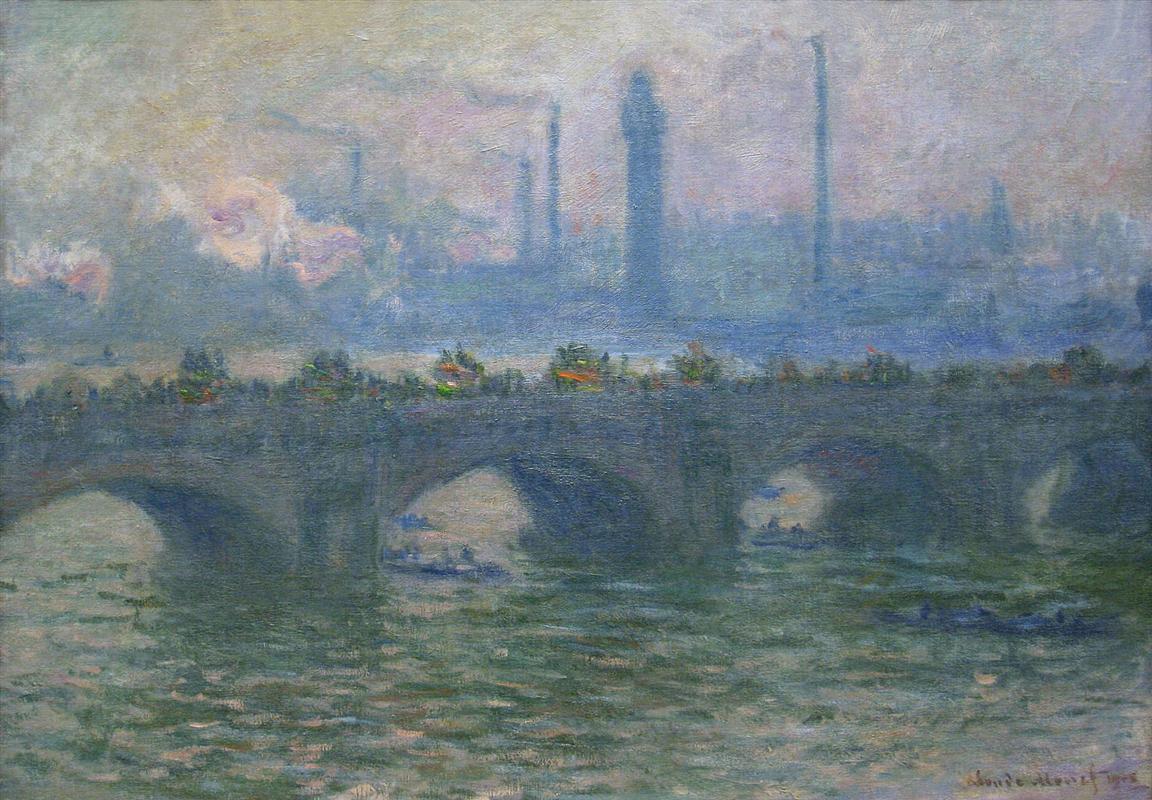
*National Gallery of Art, Washington, DC* *September 29, 2019 through January 26, 2020 * In a major new exhibition opening this fall, the National Gallery of Art will examine the beauty and depth of pastel, tracing its rich history from the Renaissance to the present day. *The Touch of Color: Pastels at the National Gallery of Art *will feature some 70 exquisite examples drawn entirely from the Gallery’s permanent collection, including many works never before exhibited. *The Touch of Color* opens on September 29, 2019, and continues through January 26, 2020. “*The Touch of Color* i... more »
WILLIAM BLAKE - Tate Britain
Jonathan KantrowitzatArt History News - 6 days ago

*Tate Britain * *11 S e p t e m b e r 2 0 19 – 2 F e b r u a r y 2 0 2 0 * This autumn, Tate Britain will present the largest survey of work by William Blake (1757-1827) in the UK for a generation. A visionary painter, printmaker and poet, Blake created some of the most iconic images in the history of British art and has remained an inspiration to artists, musicians, writers and performers worldwide for over two centuries. This ambitious exhibition will bring together over 300 remarkable and rarely seen works and rediscover Blake as a visual artist for the 21st century. Tate ... more »
Bertoldo di Giovanni: The Renaissance of Sculpture in Medici Florence
Jonathan KantrowitzatArt History News - 6 days ago

* The Frick Collection* * September 18, 2019, through January 12, 2020 * Bertoldo di Giovanni, Hercules on Horseback (detail), ca. 1470–75, bronze, Galleria Estense, Modena, Su concessione del Ministero per i Beni e le Attività Culturali - Archivio fotografico delle Galleria Estense; photo: Valeria Beltrami This fall, The Frick Collection presents the first exhibition devoted to the Renaissance sculptor Bertoldo di Giovanni (ca. 1440–1491). It shines a long-overdue light on the ingenuity and prominence of the Florentine artist, who was a student of Donatello, a teacher of Michel... more »
Charles E. Burchfield: Transitions
Jonathan KantrowitzatArt History News - 1 week ago

*Burchfield Penney Art Center, *Buffalo, New York *August 9–December 1, 2019 * [image: Charles E. Burchfield (1893-1967), Spring Rain in the Woods, 1950; Watercolor on paper, 30 x 40 inches; Private Collection] Charles E. Burchfield (1893-1967), *Spring Rain in the Woods*, 1950; Watercolor on paper, 30 x 40 inches; Private Collection Charles E. Burchfield’s landscapes reflect his cinematic vision. During the early twentieth century, when much of American landscape painting reflected pleasant silent scenes, he envisioned artwork that captured nature’s constantly shifting activity... more »
Edward Hopper and the American Hotel
Jonathan KantrowitzatArt History News - 1 week ago
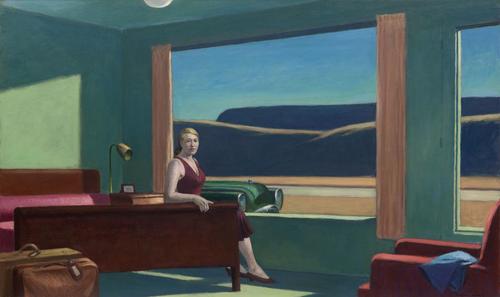
*Virginia Museum of Fine Arts* *Oct. 26, 2019–Feb. 23, 2020* *Indianapolis Museum of Art * *Oct. 26, 2019–Feb. 23, 2020* The Virginia Museum of Fine Arts has announced that *Edward Hopper and the American Hotel* will premiere at the museum on Oct. 26—the only east coast venue for this major loan exhibition. Showcasing more than 60 of Hopper’s paintings, drawings, watercolors and illustrations, this groundbreaking exhibition offers a rare opportunity to see several of the acclaimed American artist’s most beloved works in person and in a new context. *Edward Hopper and the American H... more »
John Singer Sargent: Portraits in Charcoal
Jonathan KantrowitzatArt History News - 1 week ago
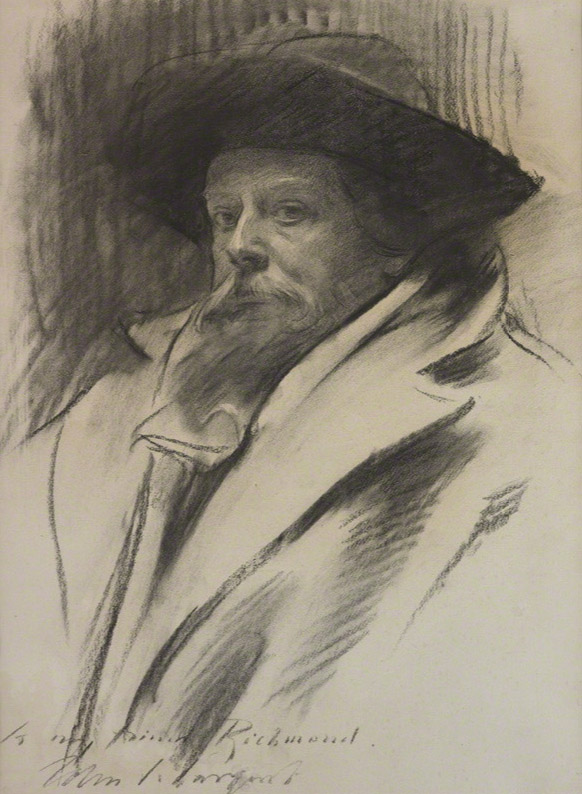
*Morgan Library & Museum, New York * *October 4, 2019 through January 12, 2020* *National Portrait Gallery * *February 28, 2020 - May 31, 2020* [image: bearded man in a coat]*Sir William Blake Richmond* / John Singer Sargent / c. 1910, Charcoal on paper / Lent by the National Portrait Gallery, London John Singer Sargent (1856–1925) was one of the greatest portrait artists of his time. While he is best known for his powerful paintings, he largely ceased painting portraits in 1907 and turned instead to charcoal drawings to satisfy portrait commissions. These drawn portraits repr... more »
Ernst Ludwig Kirchner -Neue Galerie New York
Jonathan KantrowitzatArt History News - 1 week ago
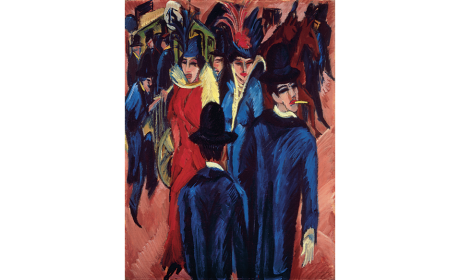
*Neue Galerie New York* *October 3, 2019- January 13, 2020 * In October 2019, Neue Galerie New York will debut “Ernst Ludwig Kirchner,” a major overview of the great German artist’s *oeuvre*. The presentation will span from 1907 to 1937, presenting several distinct phases associated with the primary cities where he lived and worked: Dresden, Berlin, and Davos. This exhibition is unprecedented in its focus on Kirchner’s revolutionary style, which evolved in relation to his subjects and changing circumstances. Arguably the most outstanding German artist of the early twentieth century... more »
Monet and Impressionism
Jonathan KantrowitzatArt History News - 1 week ago
*Dayton Art Institute, * *May 11 2019 - August 25 2019* Claude Monet (French, 1840–1926), *Waterloo Bridge, Sunlight Effect (effect de soleil)*, 1903, oil on canvas. Denver Art Museum collection: funds from Helen Dill bequest, 1935.15. This exhibition, organized by the Dayton Art Institute, provides a spotlight on Impressionism in France and Claude Monet’s remarkable influence on art. *Monet and Impressionism *features 13 paintings, with the focal point of the exhibition being a special loan from the Denver Art Museum of Monet’s spectacular painting, *Waterloo Bridge (Effect d... more »
From Manet to Picasso : The Thannhauser collection
Jonathan KantrowitzatArt History News - 1 week ago

*Hôtel de Caumont Art Centre - 29 September 2019**A Culturespaces production in collaboration with The Solomon R. Guggenheim Foundation, New York* After holding an exhibition devoted to Marc Chagall, the Hôtel de Caumont Art Centre will be presenting (as of 1 May 2019) masterpieces from the Justin K. Thannhauser Collection, bequeathed in 1963 to the Solomon R. Guggenheim Foundation in New York. For the first time, around fifty major works from this prestigious collection will be presented in Europe in an itinerant exhibition that began in the Guggenheim Bilbao Museum: paintings and ... more »
Rembrandt to Picasso: Five Centuries of European Works on Paper
Jonathan KantrowitzatArt History News - 1 week ago
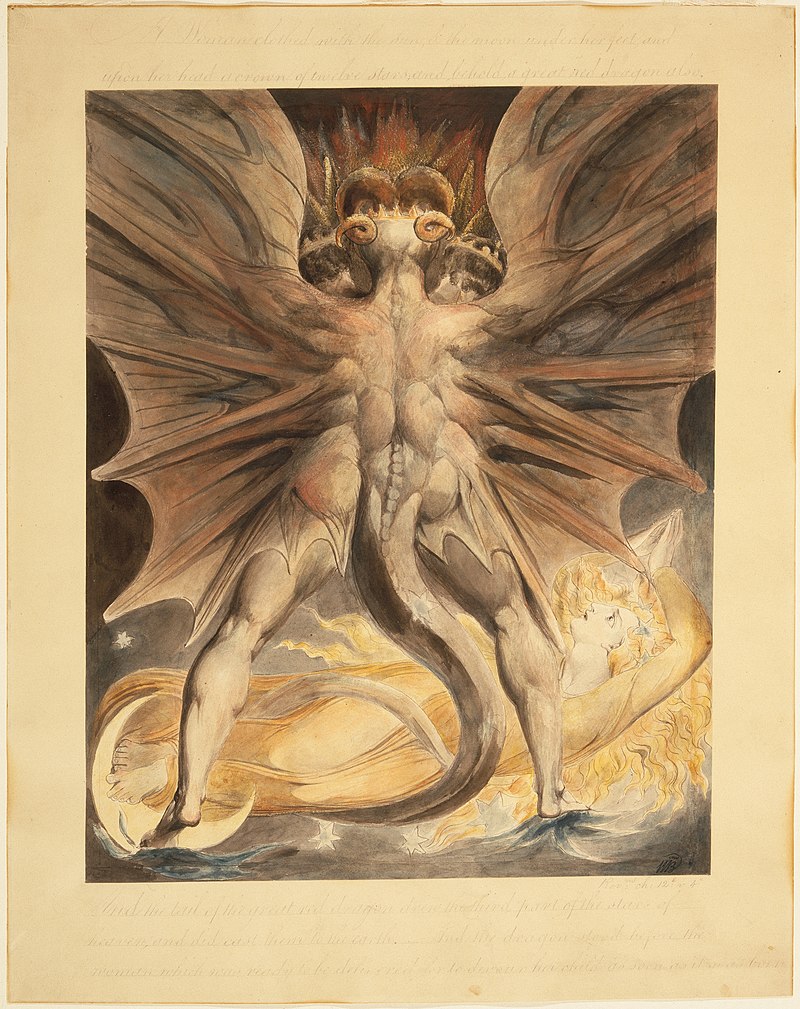
*Brooklyn Museum* *June 21 – October 13, 2019 * Showcasing the breadth of the Brooklyn Museum’s exceptional works on paper collection, *Rembrandt to Picasso: Five Centuries of European Works on Paper* highlights more than one hundred European prints and drawings, pairing masterworks by renowned artists such as William Blake, Albrecht Dürer, Francisco Goya, and Vincent van Gogh with lesser known, rarely seen drawings, prints, and watercolors. Works on view feature intimate portraits, biting social satire, fantastical visions, vivid landscapes, and more, and are organized into four ... more »
Hieronymuss Bosch's music written on the butt of one of the characters
Jonathan KantrowitzatArt History News - 1 week ago
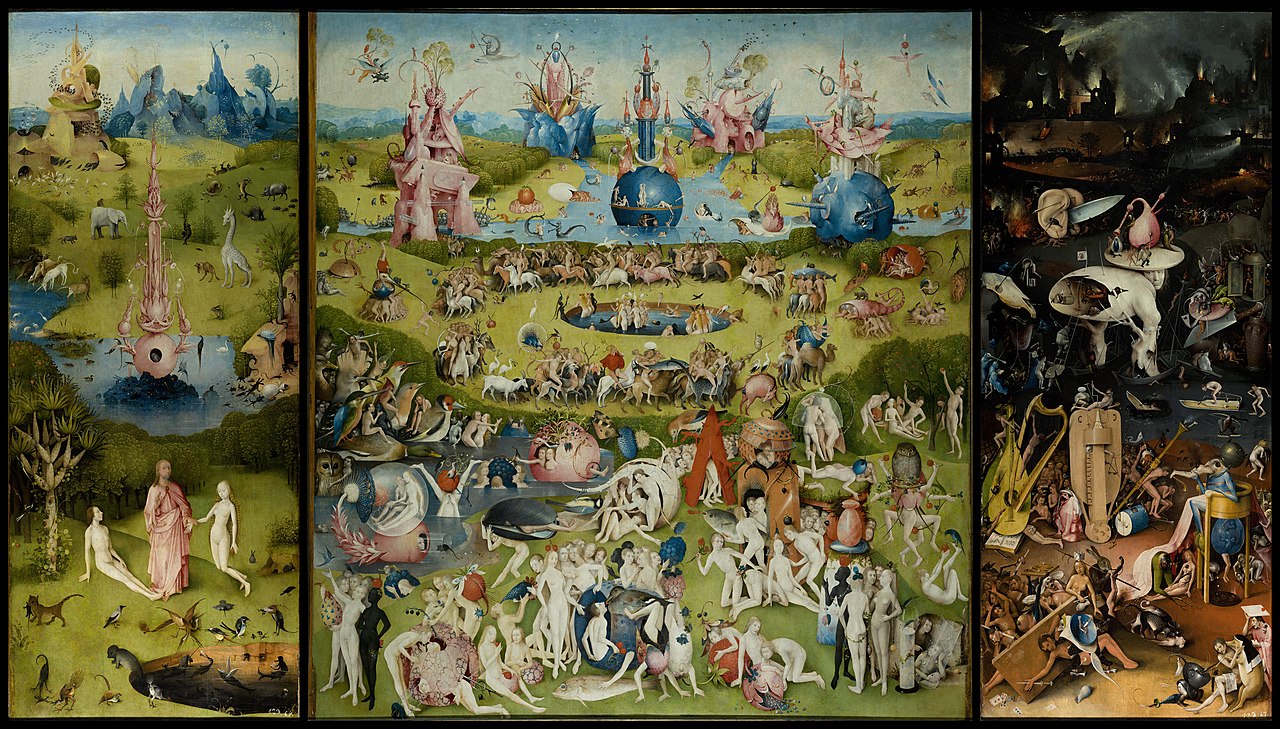
[image: Image may contain: 1 person] In the Hieronymuss Bosch's "The Garden of Earthly Delights" painting (1480-1490 circa) there is some music written on the butt of one of the characters in hell. But how sounds this 15th Century melody? Here is how is the 600-years-old butt music from hell sounds:
Augusta Savage: Renaissance Woman,
Jonathan KantrowitzatArt History News - 1 week ago
The Palmer Museum of Art at Penn State will open its major special exhibition of the fall season, *Augusta Savage: Renaissance Woman*, on August 24. Featuring nearly eighty objects, including sculptures, paintings, works on paper, and archival materials, this exhibition is the first to reassess Harlem Renaissance artist Augusta Savage’s contributions to art and cultural history in light of her role as an artist-activist. “We are honored to present this major exhibition of the American sculptor Augusta Savage at the Palmer this fall,” said the museum’s director, Erin M. Coe. “We are ... more »
Guercino: Virtuoso Draftsman
Jonathan KantrowitzatArt History News - 2 weeks ago
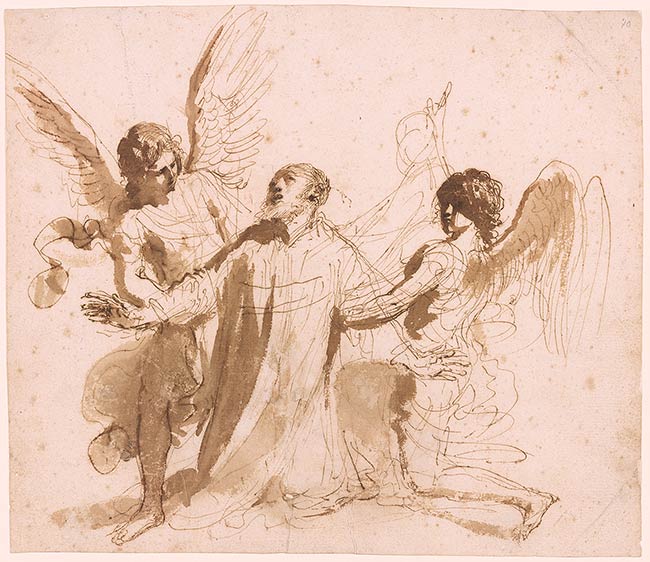
*Morgan Library & Museum, New York * *October 4, 2019 through February 2, 2020* Giovanni Francesco Barbieri (1591–1666), known as Guercino, was arguably the most interesting and diverse draftsman of the Italian Baroque era, a natural virtuoso who created brilliant drawings in a broad range of media. Supreme examples of virtually every genre of drawing produced in seventeenth-century Italy survive from his hand: academic nudes, genre scenes and caricatures, energetic and fluid pen sketches for figures and compositions, highly refined chalk drawings, designs for engravings, and ... more »
William McGregor Paxton and Elizabeth Okie Paxton: An Artistic Partnership
Jonathan KantrowitzatArt History News - 2 weeks ago

*The Butler Institute of American Art, * *Youngstown, OH * August 18 – November 10, 2019 [image: Woman seated] William McGregor Paxton, *Sylvia,* Oil on canvas, 49 x 39 1/2 inches. Opening August 18, an exhibition examines the relationship between these two talented individuals, William McGregor Paxton and Elizabeth Okie Paxton, who were an important part of the Boston School of painters at the turn of the twentieth century. Together their careers spanned almost five decades, and they were married for over forty years. During that time, the Paxtons experienced many changes, b... more »
Verrocchio: Sculptor and Painter of Renaissance Florence
Jonathan KantrowitzatArt History News - 2 weeks ago
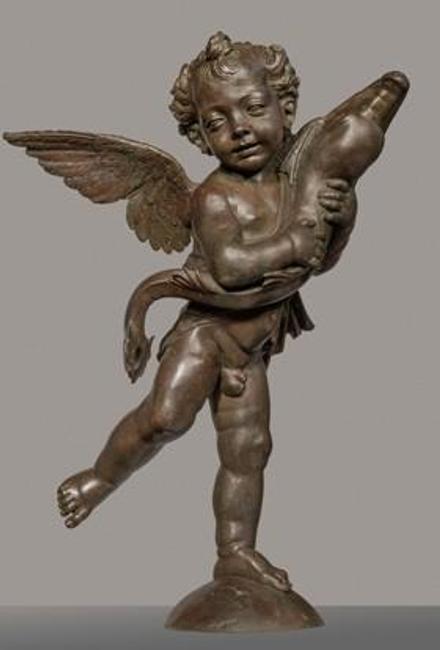
* National Gallery of Art, Washington, DC* *September 15, 2019, through January 12, 2020* The National Gallery of Art is pleased to present *Verrocchio: Sculptor and Painter of Renaissance Florence*, the first-ever monographic exhibition in the United States on Andrea del Verrocchio (c. 1435–1488), the innovative artist, painter, sculptor, and teacher whose pupils included Leonardo da Vinci, Pietro Perugino, and likely Sandro Botticelli as well. The exhibition examines the wealth and breadth of Verrocchio's extraordinary artistry by bringing together some 50 of his masterpieces in pa... more »
Industry, Work, Society, and Travails in the Depression Era: American Paintings and Photographs from the Shogren-Meyer Collection
Jonathan KantrowitzatArt History News - 3 weeks ago
*Hillstrom Museum of Art, St. Peter, Minnesota* *September 9 through November 10. * *Tweed Museum of Art - University of Minnesota Duluth * *January, 2021* *The Hillstrom Museum of Art* presents* Industry, Work, Society, and Travails in the Depression Era: American Paintings and Photographs from the Shogren-Meyer Collection, *on view from *September 9 *through* November 10*. *Industry, Work, Society, and Travails in the Depression Era *will feature 95 works of art, mostly dating from the 1930s. Among the photographers represented in the Shogren-Meyer collection and the exhibit based... more »
Highlights of the Gemäldegalerie Alte Meister
Jonathan KantrowitzatArt History News - 3 weeks ago
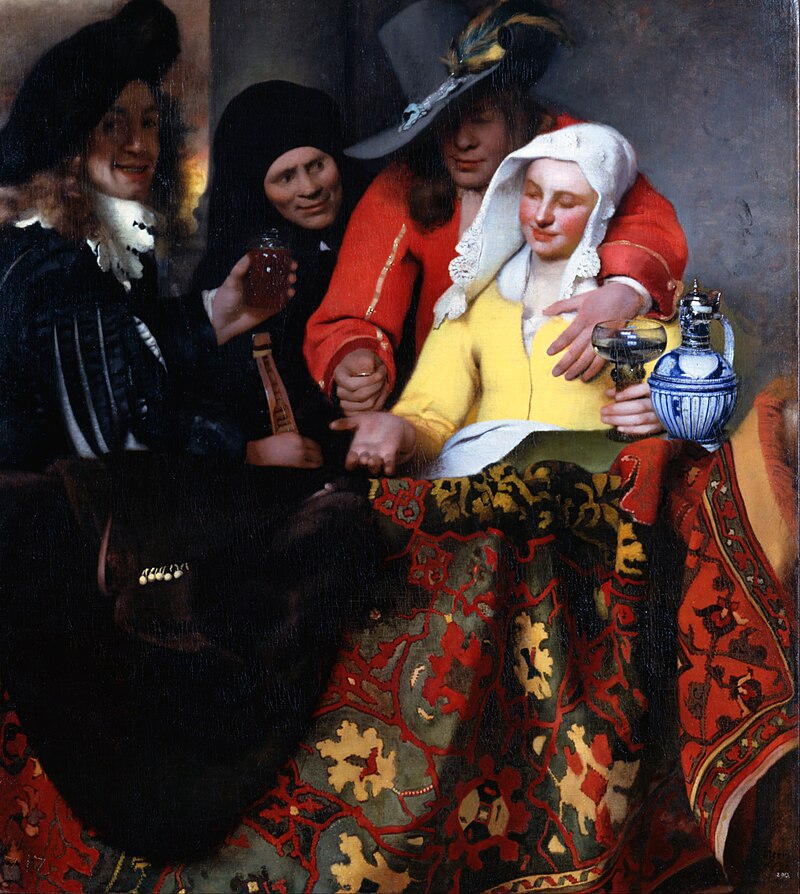
Though the Semper Building will close during the summer and autumn time most of its exposition space, it will still be possible to see important works of art from the Gemäldegalerie Alte Meister (Old Masters Picture Gallery). These include Raphael's "Sistine Madonna" as well as Giorgione's "Sleeping Venus", [image: Johannes Vermeer - The Procuress - Google Art Project.jpg] Vermeer's "The Procuress" or Bellotto's famous panoramic view of Dresden. - Exhibition Site Zwinger - DATES * 02/08/2019—03/11/2019* The exhibition offers a selection of 100 masterpieces of the co... more »
Lotte Laserstein Face to Face
Jonathan KantrowitzatArt History News - 3 weeks ago

*[image: Berlinische Galerie - Museum of modern art, photography and architecture]* *05.04.–12.08.2019* Berlin’s Lotte Laserstein (1898-1993) was one of the most sensitive portrait painters of the early Modernist period when tradition vied with innovation. By the time she was 30, she was a well-known and successful artist. Her career was brutally ended in 1933. Lotte Laserstein. Face to Face, Berlinische Galerie, exhibition view, Photo: Harry Schnitger © VG Bild-Kunst, Bonn 2019. Berlin’s public museum of modern art, photography and architecture will show 58 works – 48 pain... more »
Gustave Caillebotte Painter and Patron of Impressionism
Jonathan KantrowitzatArt History News - 3 weeks ago
* Alte Nationalgalerie** 17.05.2019 to 15.09.2019* Gustave Caillebotte (1848–1894) was one of the central figures of French Impressionism, yet he is among those artists who remain to be discovered today. His fame was initially founded on his role as a patron, and only later did he gain full recognition as a painter. Gustave Caillebotte, *Paris Street, Rainy Day [Rue de Paris, temps de pluie]*, 1877. Oil on canvas, 212.2 × 276.2 cm. Art Institute of Chicago © bpk / The Art Institute of Chicago / Art Resource, NY. Caillebotte’s painting “Paris Street; Rainy Day” (“Rue de Paris, t... more »
Judges affirm decision to return Nazi-looted drawings by Egon Schiele to heirs of Holocaust victim
Jonathan KantrowitzatArt History News - 3 weeks ago

On Tuesday, the appeals court in New York upheld a 2018 ruling that returned two Nazi-looted drawings to the heirs of a Holocaust victim. This decision ends a years-long dispute between London art dealer, Richard Nagy, and the descendants of Fritz Grünbaum. Raymond Dowd, a lawyer for the heirs, said “they are thrilled that the memory of Fritz Grünbaum is being properly honoured.” The two prized drawings by the major figurative painter Egon Schiele (1890-1918) are worth an estimated $7 million (£5.6 million). Barring further appeals, they will be sold by Christie’s at auction in Novem... more »
Ruskin, Turner & the Storm Cloud
Jonathan KantrowitzatArt History News - 3 weeks ago

The main summer show at *Abbot Hall Art Gallery is Ruskin, Turner & the Storm Cloud (12 Jul - 5 Oct 2019). * The exhibition will include more than 100 works and stretch across six rooms. It is one of the biggest exhibitions in the UK during the 200th anniversary of John Ruskin’s birth (8 February 1819). Ruskin, Turner & the Storm Cloud will be the first in-depth examination of the relationship between both men, their work, and the impact Ruskin had in highlighting climate change. *Image: John Ruskin, Dawn, Coniston, 1873, Watercolour over pencil, Acquired with the support of a V&A... more »
Jacob Lawrence: The American Struggle
Jonathan KantrowitzatArt History News - 3 weeks ago
* Peabody-Essex Museum* *On view January 18, 2020 to April 26, 2020* *Jacob Lawrence: The American Struggle* is the first museum exhibition of the series of paintings *Struggle: From the History of the American People* (1954–56) by the best known black American artist of the 20th century, Jacob Lawrence (1917–2000). Created during the modern civil rights era, Lawrence’s thirty intimate panels interpret pivotal moments in the American Revolution and the early decades of the republic between 1775 and 1817 and, as he wrote, “depict the struggles of a people to create a nation and their ... more »
FROM GOYA TO MANET - THE 19TH CENTURY IN THE ALTE PINAKOTHEK
Jonathan KantrowitzatArt History News - 4 weeks ago
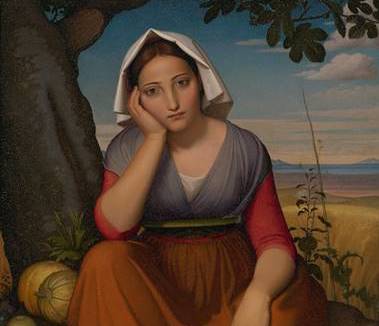
* Alte Pinakothek * * 25.07.2019 ‐ 24.07.2020* After four decades of unbroken use as a museum and exhibition space, the Neue Pinakothek (rebuilt in its current form in the 1970s) has had to shut its doors for extensive renovation and modernization work due to last several years. During this period, selected major works of 19th century painting and sculpture from its collection will be on display in the Alte Pinakothek and at the Sammlung Schack. Selected highlights range from key works of Neoclassicism and Romanticism to the dawn of Modernism. *Masterpieces from the Neue Pinakothek... more »
Jan van Eyck "Als Ich Can"
Jonathan KantrowitzatArt History News - 4 weeks ago
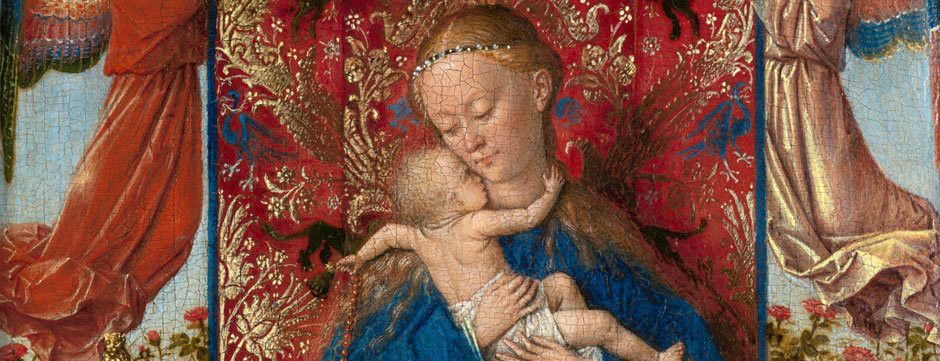
[image: Jan van Eyck] *Kunsthistorisches Museum Vienna* *10 July 2019 to 20 October 2019* The exhibition presents three of the circa twenty extant works by Jan van Eyck, offering a glimpse of the art produced during the reign of Duke Philipp the Good, when the Burgundian Low Countries witnessed a unique flowering of courtly and urban civilisation. Jan van Eyck (c.1390-1441), the favourite court painter of Philipp the Good, duke of Burgundy (1396-1467), is celebrated for his virtuosity in the use of oil paint and his skill in combining naturalism and realism with brilliant colour... more »
Baroque Pathways: The National Galleries Barberini Corsini in Rome
Jonathan KantrowitzatArt History News - 1 month ago

*From July 13 to October 6, 2019, Germany's Museum Barberini* is presenting its first old master exhibition: *Baroque Pathways: The National Galleries Barberini Corsini in Rome* showcases 54 masterpieces from the collections of the Palazzo Barberini and the Galleria Corsini in Rome, among them an early work by Caravaggio, his painting Narcissus of 1597–1599. Tracing the birth of Roman Baroque painting in the wake of Caravaggio, its spread through Europe and development north of the Alps and in Naples, the exhibition explores the role of the Barberini as patrons of the arts and t... more »
Something Over Something Else: Romare Bearden’s Profile Series
Jonathan KantrowitzatArt History News - 1 month ago

* High Museum of Art * *Sept. 14, 2019 through Feb. 2, 2020* *Cincinnati Art Museum * *Feb. 28–May 24, 2020* In fall 2019, the High Museum of Art will premiere “Something Over Something Else: Romare Bearden’s Profile Series,” the first exhibition to bring dozens of works from the eminent series together since its debut nearly 40 years ago. Following its presentation at the High, in Atlanta, from Sept. 14, 2019 through Feb. 2, 2020, the exhibition will travel to the Cincinnati Art Museum (Feb. 28–May 24, 2020). In November 1977, The New Yorker magazine published a feature-length ... more »
Bartolomé Bermejo
Jonathan KantrowitzatArt History News - 1 month ago
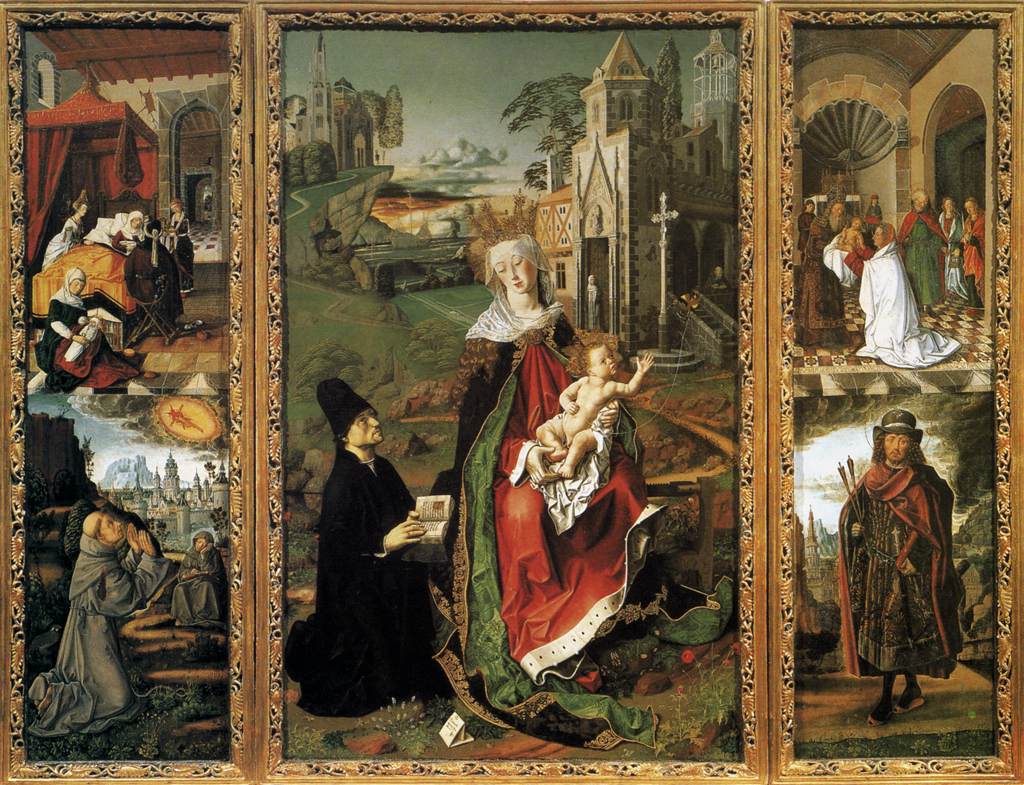
*National Gallery, London* *12 June – 29 September 2019* This summer, the National Gallery, as part of its Spanish season, will show a select number of works by Bartolomé Bermejo (about 1440–about 1501), one of Spain’s most innovative and accomplished painters active in the second half of the 15th century. Bartolomé de Cárdenas was more commonly known as ‘Bermejo’ – meaning ‘reddish’ in Spanish – probably referring to a distinctive physical feature such as red hair or a ruddy complexion. He was born in Cordoba but was principally active in the Crown of Aragon, working in Tous, ... more »
Turner. The Sea and the Alps
Jonathan KantrowitzatArt History News - 1 month ago

*Kunstmuseum Luzern * *06.07. 13.10.2019* J.M.W. Turner, the world famous English painter, travelled around Switzerland several times in search of spectacular motifs. While doing so, he visited Lucerne repeatedly to study the unique interplay of light and weather, lake and mountains there. He captured his impressions in sketches and vibrant watercolours. These observations and depictions both of the sea, during the crossing to the continent, and of the Alps were of major importance for Turner: in them the beauty and dangers of nature combine directly with the theme of the subli... more »
Velázquez, Rembrandt, Vermeer. Parallel visions
Jonathan KantrowitzatArt History News - 1 month ago
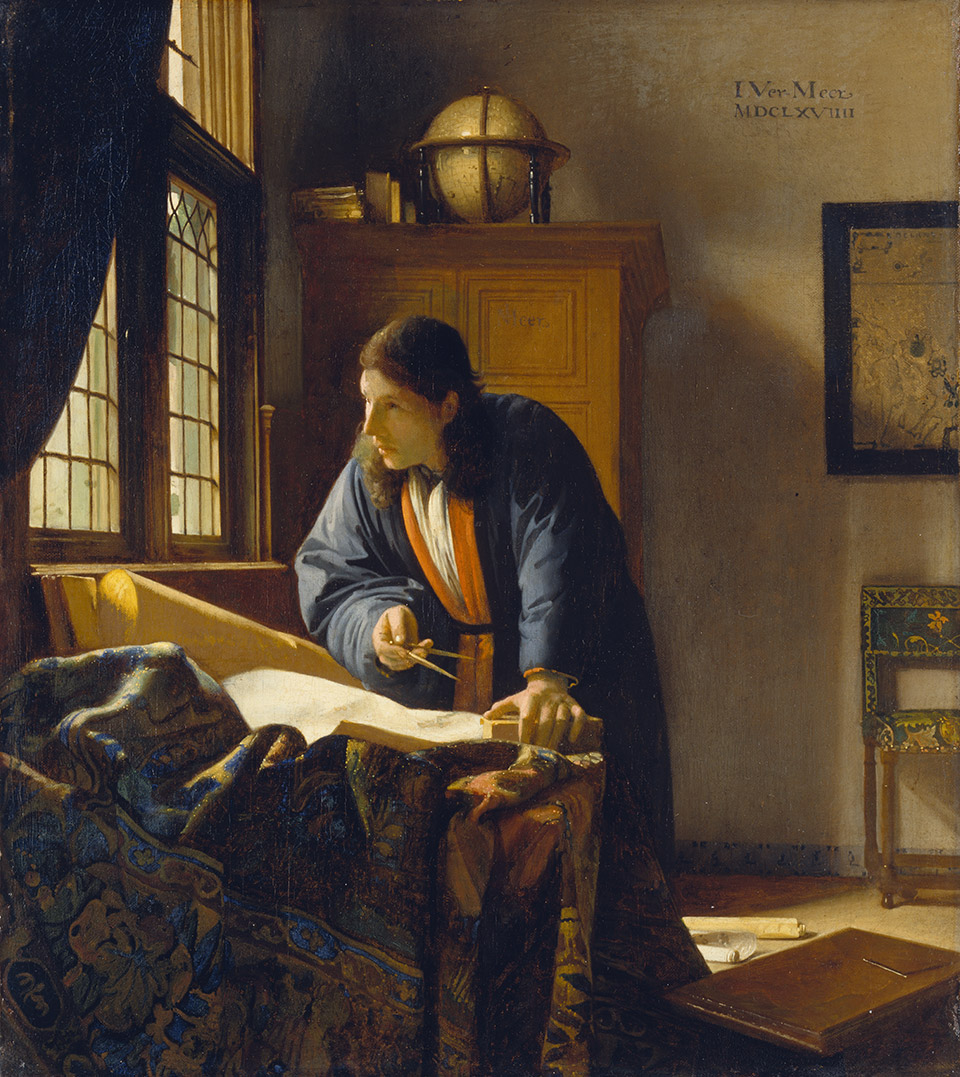
* Museo Nacional del Prado. Madrid * *6/25/2019 - 9/29/2019* Within the context of the Prado’s celebration of its Bicentenary, the Museum is presenting *Velázquez, Rembrandt, Vermeer: Parallel visions*, an ambitious exhibition devoted to Dutch and Spanish painting of the late 16th and early 17th centuries which benefits from the sponsorship of Fundación AXA and the special collaboration of the Rijksmuseum, Amsterdam. Comprising 72 works from the Prado, the Rijksmuseum and a further 15 lenders (including the Mauritshuis in The Hague, the National Gallery in London and the Metr... more »
Humble and Human: Impressionist Era Treasures from the Albright-Knox Art Gallery and the Detroit Institute of Arts
Jonathan KantrowitzatArt History News - 1 month ago

*Detroit Institute of Arts* *June 26-October 13, 2019* - The exhibition, featuring 44 works by Berthe Morisot, Paul Cézanne, Edgar Degas, Vincent van Gogh, Claude Monet and others, is comprised of Impressionist and Post-Impressionist works from the collections of the DIA and the Albright-Knox - Wilson, a Detroit native and founder and owner of the Buffalo Bills, endowed the Ralph C. Wilson, Jr. Foundation at his death in 2014. Some of the paintings in the exhibition have never been shown in Detroit before. Images[image: https://www.dia.org/sites/default/files/... more »
Goya — Visions & Inventions
Jonathan KantrowitzatArt History News - 1 month ago
*The Dalí Museum, St. Petersburg, Florida* *June 15-September 15* *Los Caprichos* ------------------------------ *September 16-20, the exhibit is on hiatus.* ------------------------------ *September 21-December 1**La Tauromaquia* *Goya — Visions & Inventions* showcases the work of Francisco José de Goya y Lucientes (1746-1828), one of Spain’s greatest artists and an integral influence on Salvador Dalí. His paintings and etchings from the late-18th and early-19th centuries are celebrated for their revolutionary qualities. Many scholars regard Goya’s life and works as the basis for ... more »
The conservation of the Botticelli and Ghirlandaio ‘Coronation of the Virgin’ altarpiece
Jonathan KantrowitzatArt History News - 1 month ago

*The Bass Museum of Art * *through October 24, 2019* The Bass, Miami Beach’s contemporary art museum, is the recipient of a Bank of America 2018 Art Conservation Project grant in the amount of $100,000. The grant funding will allow the museum to conserve a treasured work in the museum’s founding collection, the *Coronation of the Virgin* (c. 1492) altarpiece by Renaissance painters Sandro Botticelli (b. 1445, d. 1510) and Domenico Ghirlandaio (b.1449, d. 1494) . The work is one of over 500 artworks and artifacts gifted to the City of Miami Beach in 1964 by collectors John and Johan... more »
Dallas Museum of Art - Caravaggio.
Jonathan KantrowitzatArt History News - 1 month ago
This summer, visitors to the Dallas Museum of Art have the rare opportunity to see an extraordinary work by the Old Master painter Caravaggio. One of the most influential figures in the history of European art, he is renowned as one of the greatest Baroque painters of the 17th century along with Rubens, Velázquez, Rembrandt, and Poussin. Fewer than 10 paintings by Caravaggio are housed in the US, on view in the collections of only six museums. Michelangelo Merisi da Caravggio, *Martha and Mary Magdalene, *c. 1598, oil and tempera on canvas, Detroit Institute of Arts, Gift of the K... more »
Winslow Homer: Eyewitness
Jonathan KantrowitzatArt History News - 1 month ago
Discover how celebrated American artist Winslow Homer’s work for the illustrated periodical *Harper’s Weekly* helped shape his later career as a painter and watercolorist. *Winslow Homer: Eyewitness* is on view at *Harvard Art Museums*, Cambridge, Mass., August 31, 2019–January 5, 2020. During the Civil War (1861–1865), American artist Winslow Homer (1836–1910) served as a correspondent for *Harper’s*. His sketches of soldiers, both in battle on the front lines and in quieter moments back at camp, were reproduced to accompany the journal’s accounts of the conflict. Homer worked for... more »
Homer at the Beach: A Marine Painter's Journey, 1869-1880
Jonathan KantrowitzatArt History News - 1 month ago
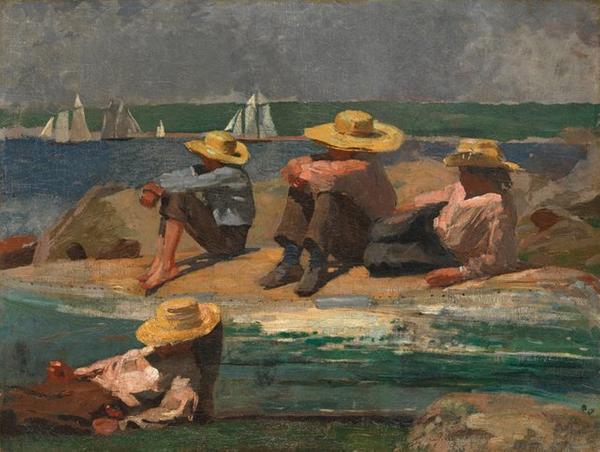
*Cape Ann Museum* *Aug. 3 to Dec. 1, 2019* Winslow Homer (1836–1910), Children on the Beach, 1873. Oil on canvas, 12 3/4 in. x 16 3/4 in. Private collection.This summer, the *Cape Ann Museum* will exhibit some 50 original works by renowned American artist Winslow Homer. The exhibition will be the first close examination of the formation of this great artist as a marine painter. The Cape Ann Museum will be the sole venue for this exhibition (on view Aug. 3 to Dec. 1, 2019), which will include loans from some 40 public and private collections. In 1869, Winslow Homer (1836–1910) exh... more »

